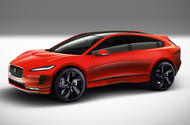“The J-Pace will have a luxurious interior and avant-garde styling”
New XJ, J-Pace SUV and ‘Road Rover’ will be fruits of £1 billion investment into Midlands plant as specialist electric production centre
Jaguar Land Rover is set to establish itself as one of the world’s leading makers of electric vehicles by converting its historic Castle Bromwich plant into a specialist EV production centre.
According to sources, three new pure-electric models will be rolling off the production lines by the end of next year to join the existing electric Jaguar I-Pace in showrooms.
The move is part of a major £1 billion investment in both Castle Bromwich and JLR’s factory in Solihull. Both are set to be massively overhauled in preparation for the British manufacturer’s new Modular Longitudinal Architecture (MLA) platform.
Despite relatively poor sales last year (the company sold 161,601 units, down 10% on the 2018), Jaguar is also getting a significant boost in the form of two new flagship models.
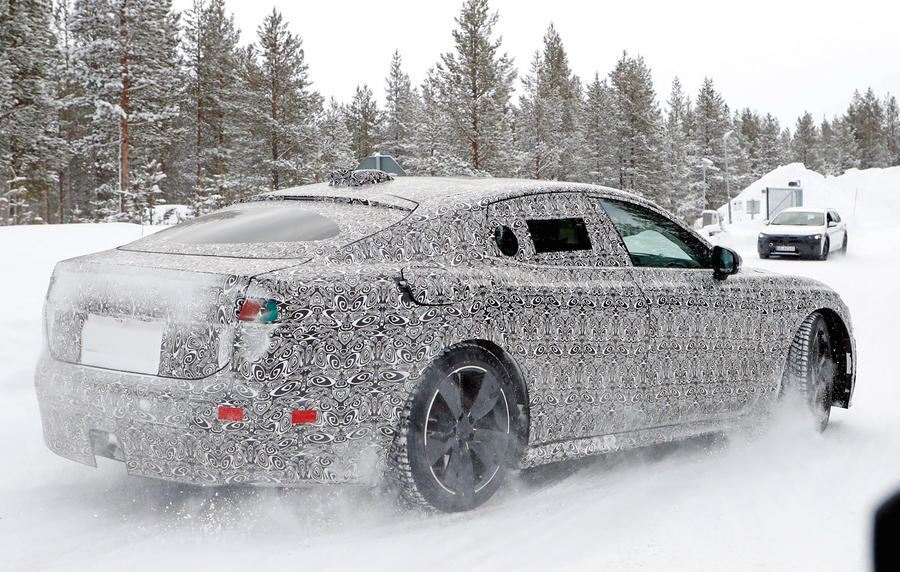
JLR has already confirmed that the replacement for the Jaguar XJ luxury saloon will be a battery-electric model. However, it’s understood that Castle Bromwich will also produce two more vehicles, both crossovers. Land Rover’s upcoming ‘Road Rover’ will be sold as a pure EV, while the new Jaguar J-Pace flagship will also be built at the plant as an EV.
All three new models are based on the MLA platform, which can be configured with three different types of drivetrain: battery-electric, plug-in hybrid and conventional internal combustion engine.
Insiders say the I-Pace will continue to be built on its unique platform in Austria and have a “normal lifespan”.

The MLA underpinnings will also be used for the next-generation Range Rover and Range Rover Sport, as well as the Discovery 6. It’s expected the majority of each of those models will be sold as plug-in hybrids as increasingly stringent global CO2 regulations continue to bite.
The new XJ’s production design is expected to be unveiled towards the end of this year, before the first examples roll out of Castle Bromwich in spring 2021.
Julian Thomson, Jaguar’s new director of design, revealed earlier this year that the car wouldn’t be benchmarked against established luxury saloons.
He described it as a “fabulous-looking thing” while admitting the styling is unconventional. “It will be a beautiful car, with an engaging drive and luxurious interior… a cabin ambience that’s calm and refreshing,” he said, implying that Jaguar is planning on the electric XJ being more of a car for driving than being driven in.
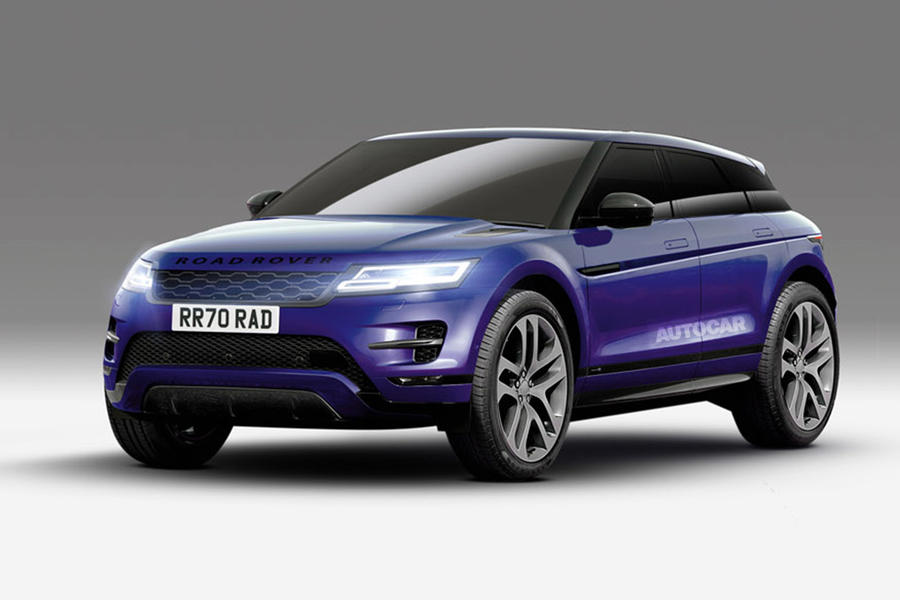
Rather less is known about the upcoming J-Pace and the Land Rover model known only by its ‘Road Rover’ nickname, which won’t be used in production. Both will be sold as EVs, so it’s expected that they will be in the mould of low-riding crossovers rather than conventionally bluff SUVs. With battery range all-important, smaller frontal areas will be a key element of these new-generation models.
The J-Pace will be distinguished from the existing F-Pace (which will undergo a thorough facelift for the 2021 model year) by having a much more luxurious interior and more avant-garde styling, although it’s not expected to mirror the I-Pace too closely.
It’s also understood that the J-Pace will eventually be available with a conventional internal combustion engine powertrain. However, this variant is more likely to be built at Solihull alongside its new Range Rover sister vehicles, which will also use the MLA structure. This ICE version of the J-Pace will benefit from a new range of hybrid options, including the straight-six petrol unit already seen in the facelifted Range Rover Sport.
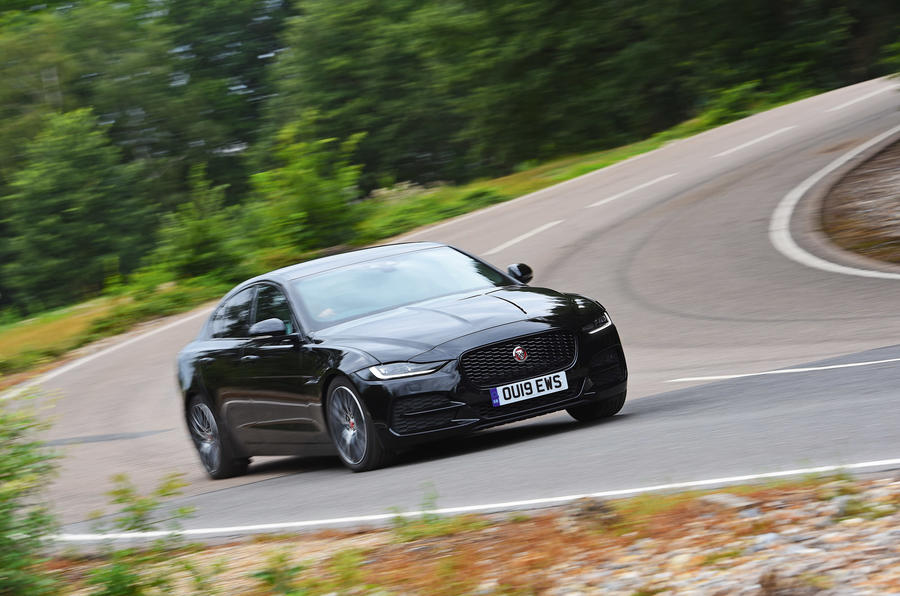
Given the success of the E-Pace and F-Pace, which easily outsell their XF and XE saloon siblings, the addition of the J-Pace family to the line-up will make Jaguar an SUV-led brand, reflecting Porsche and Volvo.
While the new XJ is around the corner, well-placed sources say the future of the XE, XF and F-Type aren’t yet set in stone.
The F-Type is said to be “quietly profitable” for the Jaguar brand, and the nameplate will live on, but the final form of its replacement hasn’t yet been signed off.
It’s believed that the shape of the new F-Type is far from being decided. Even though Jaguar’s design studio is said to have some very strong ideas, sources say other departments within the company have other plans for the model.
Jaguar sold 7227 examples of the F-Type globally last year. The 9% drop in sales that figure represents is nonetheless impressive for a car that was about to be facelifted, but part of the F-Type’s profitability comes from the fact that it was loosely based on the structure of the old XK, which reduced development costs.
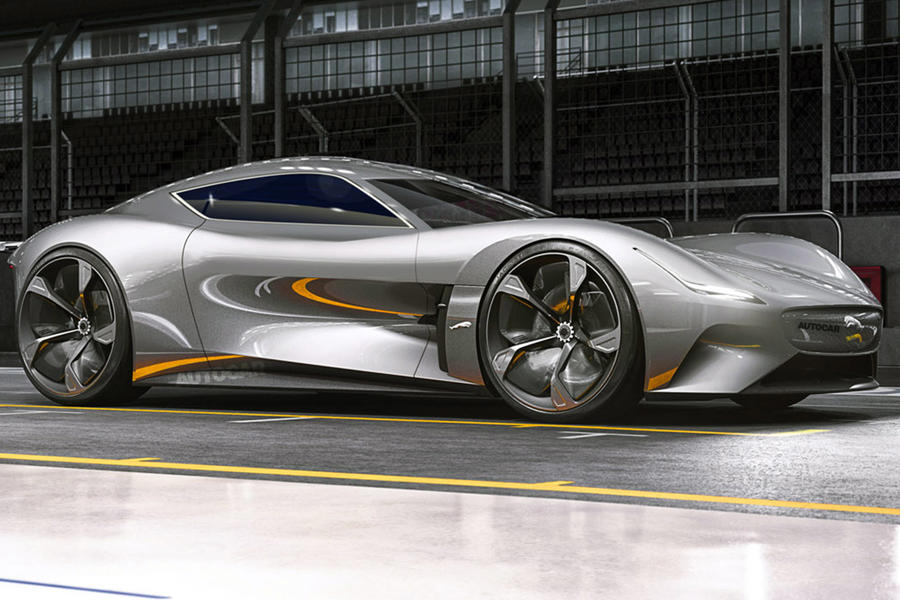
It’s unlikely that a sports car could be spun off the MLA platform, but a more bespoke architecture is possible for a small-run vehicle, as JLR has shown with the I-Pace and the new Land Rover Defender, both of which use structures that have been heavily modified from their base architectures.
Perhaps of greater concern to Jaguar is the fate of the XE and XF. Despite a mid-life facelift, only around 3550 examples of the XE were sold in the US and around 8000 in the EU last year. The residual sales of 14,000 were partly in China and otherwise spread thinly across the rest of the world.
Insiders say there have been discussions within Jaguar about replacing both the XE and XF with a crossover model of some description, but things haven’t advanced beyond that.
With the SUV segment hitting 38% of overall sales in the EU last year, making it the region’s biggest single segment and well ahead of superminis (which took 19%), it’s unsurprising that another crossover model has appeared on Jaguar’s radar. In contrast, the executive car segment accounted for just 2.3% of sales in the EU last year.
With the XE and XF’s current Castle Bromwich home set to be converted to all-EV production, uncertainty also surrounds where production will move to. A likely annual sales volume of around 40,000 leaves questions over the viability of continued production as JLR switches over to the MLA platform. Becoming fully electric is another option.
READ MORE
Jaguar Land Rover warns of global coronavirus impact
The future of Jaguar Land Rover, according to CEO Ralf Speth
Jaguar Land Rover opens giant Advanced Production Creation Centre
Source: Autocar
